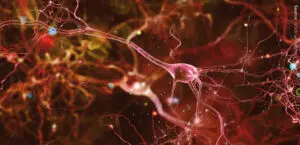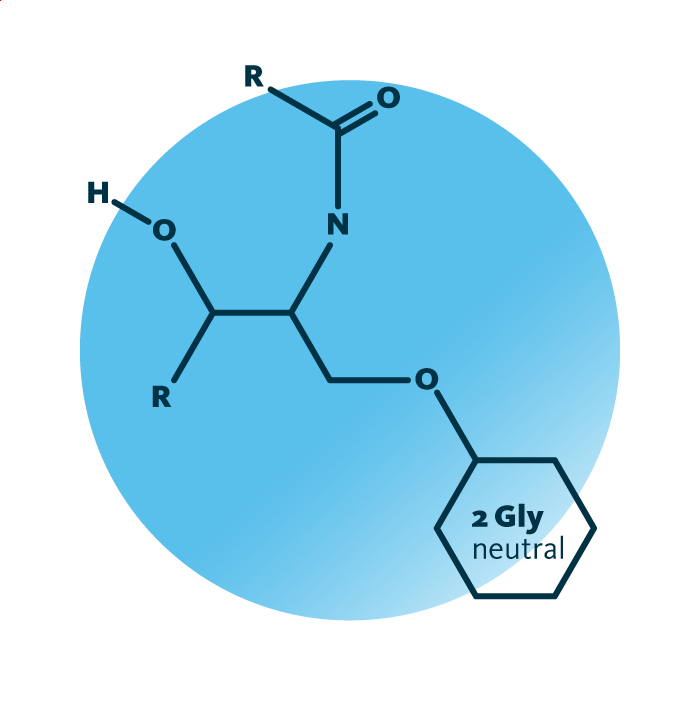Structure. Diglycosylceramides belong to the sphingolipids. Their structure consists of a ceramide backbone linked to neutral/non-acidic disaccharide “head” group, such as lactose or galabiose. The ceramide backbone of diglycosylceramides contains a hydrocarbon chain termed long-chain base; one fatty acid is linked to the ceramide.
Function. Diglycosylceramides may be found in some bacteria but are present in most eukaryotes such as animals, plants, and fungi. They are precursors of glycosphingolipids with more than two sugars in the head group (e.g. globosides, gangliosides, and sulfoglycosphingolipids). Aside their biosynthetic role, they serve many vital biological functions.
In cell membranes, diglycosylceramides stabilize lipid rafts, subdomains of the plasma membrane. Lactosylceramide is the most prominent diglycosylceramide and further acts as a pathogen pattern recognition receptor of the innate immune system. Galabiosylceramide accumulation is linked to Fabry’s disease but little is known about diglycosylceramides with more exotic sugar molecules.



